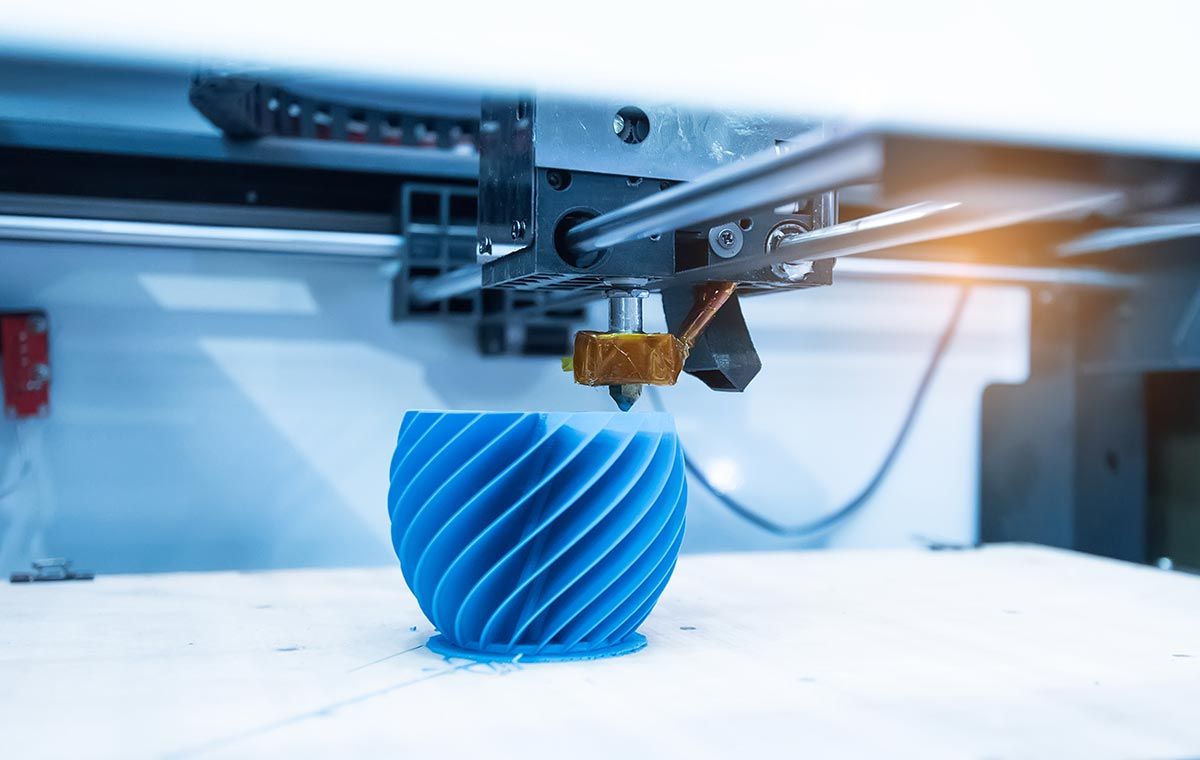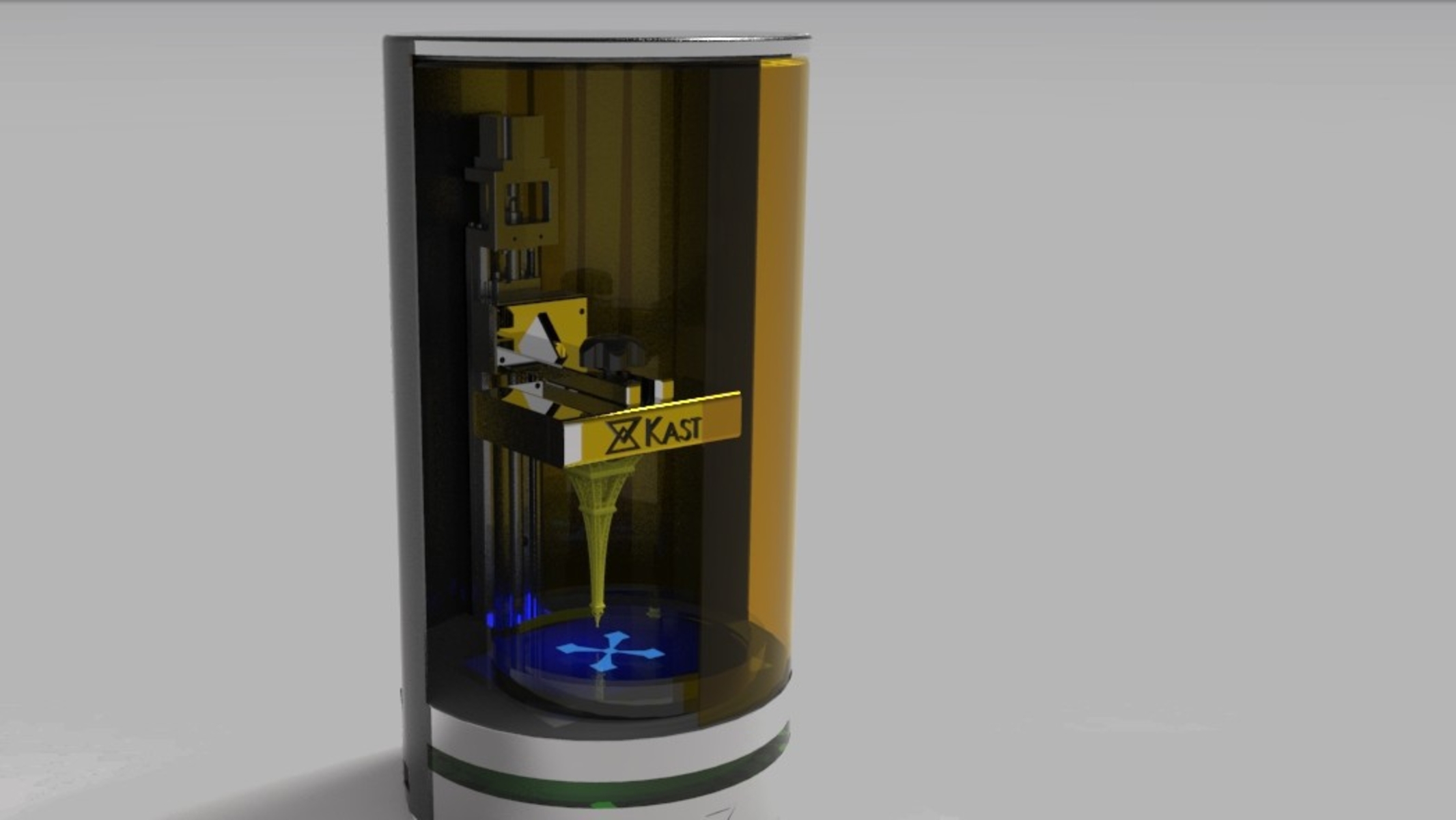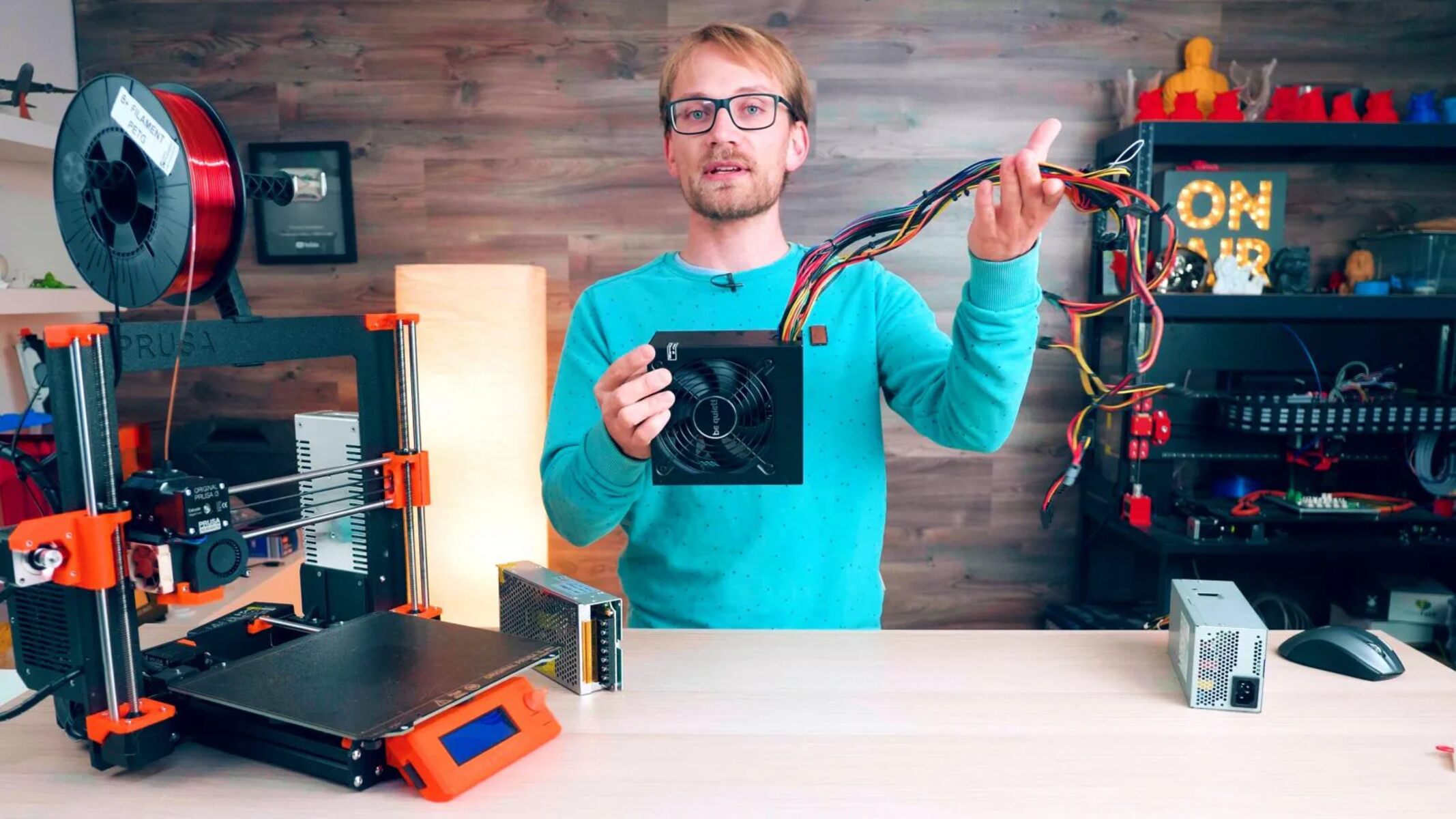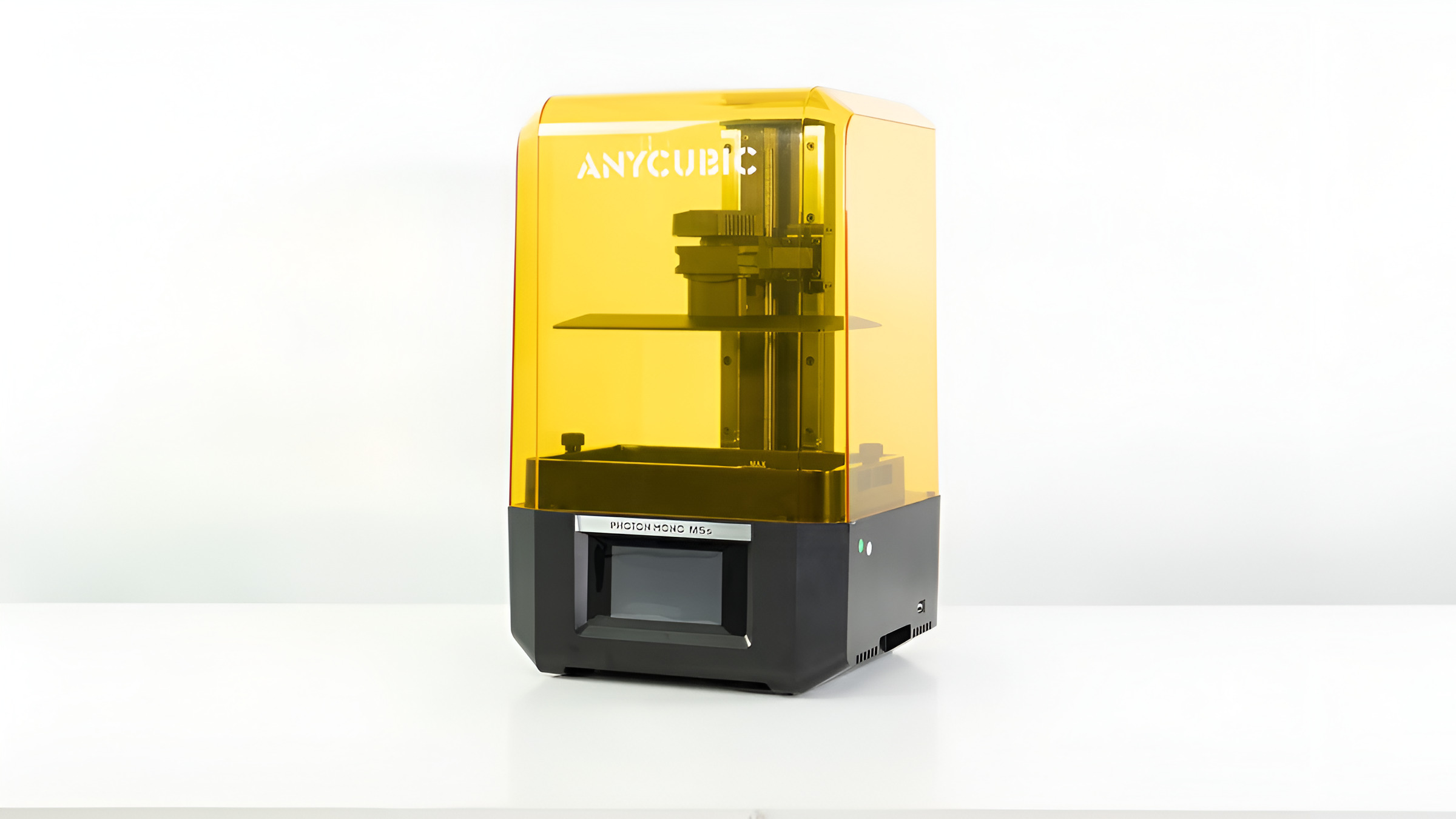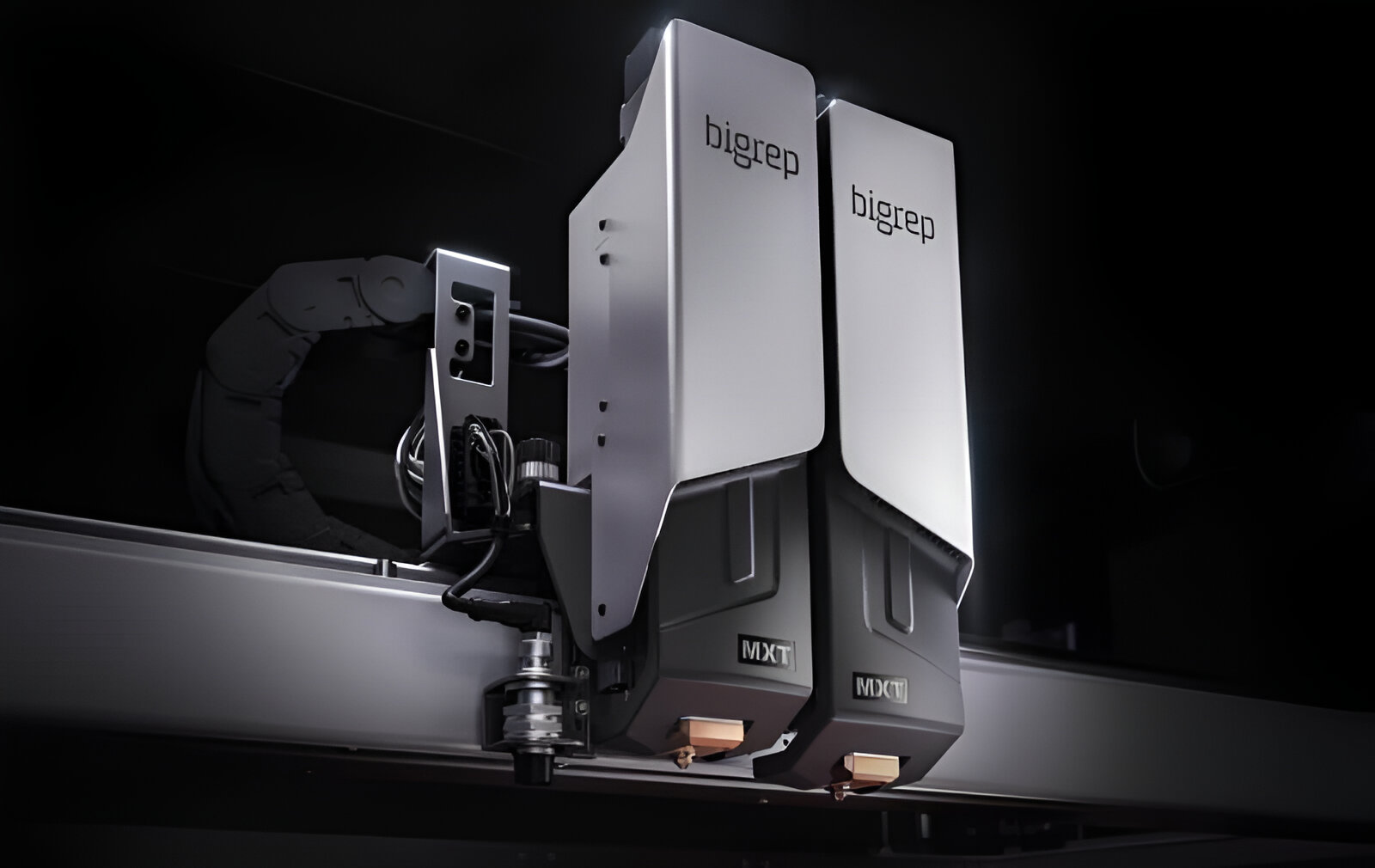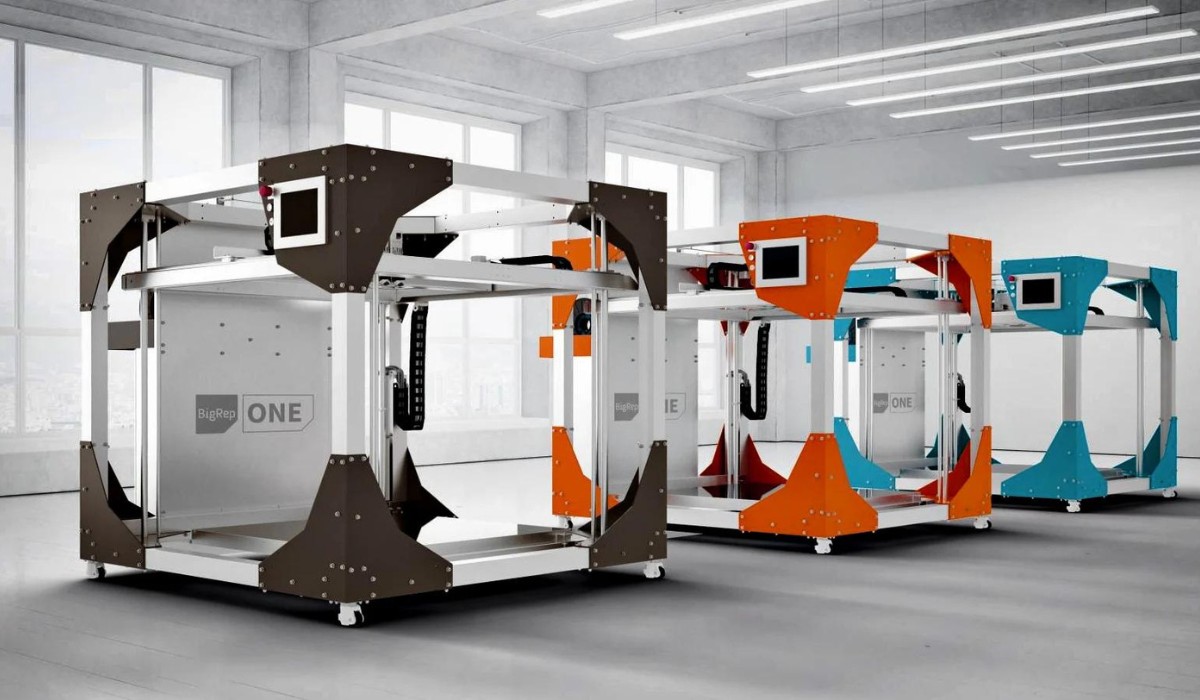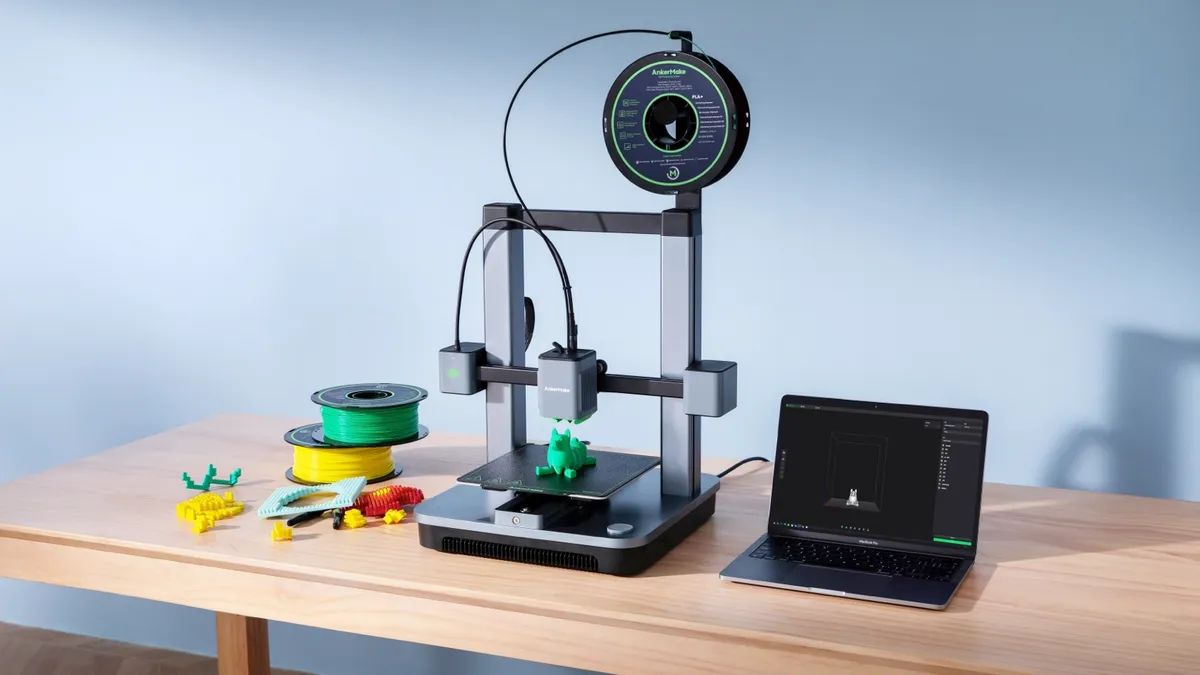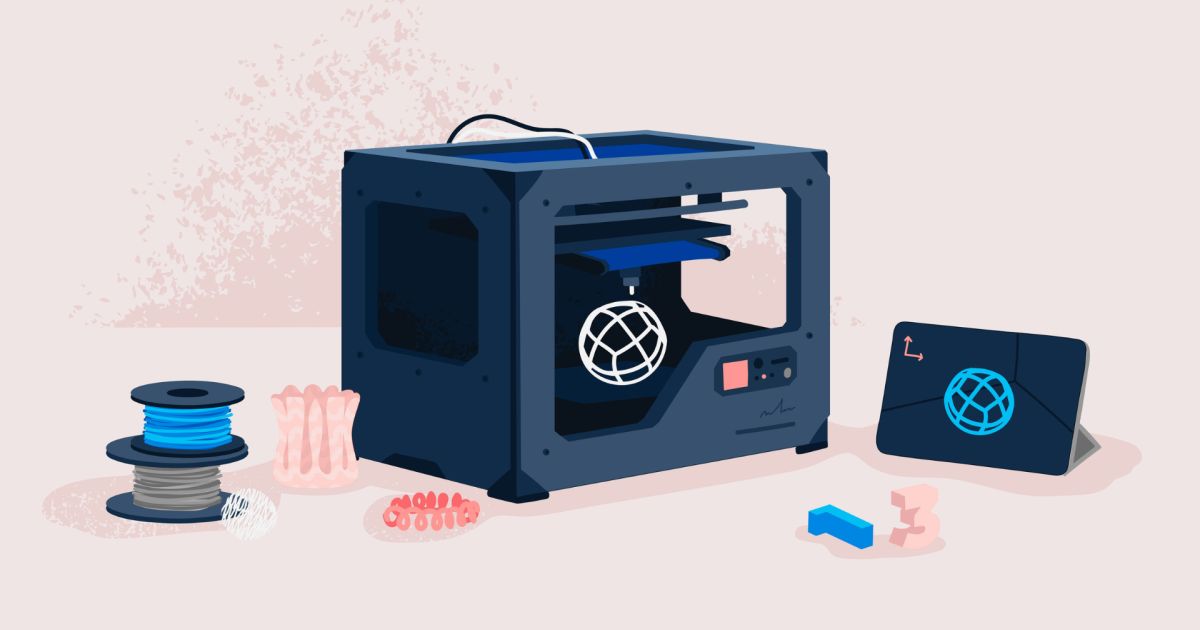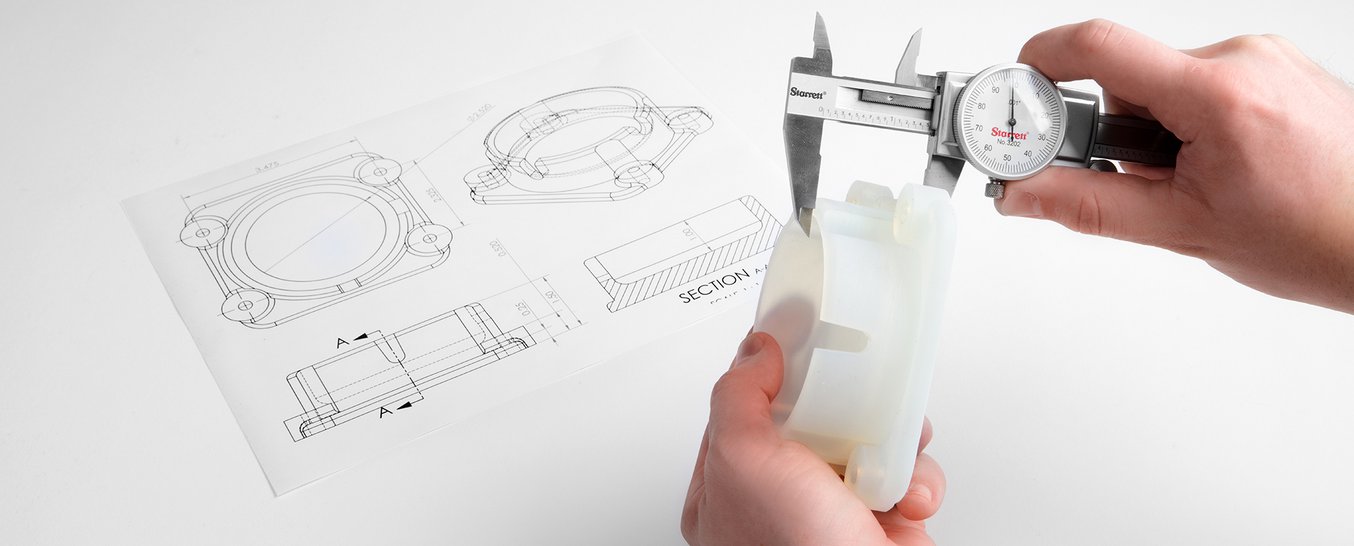Introduction
Welcome to the world of 3D printing! Whether you’re a hobbyist, designer, or entrepreneur, one of the key factors often discussed in the realm of 3D printing is speed. The faster your 3D printer can produce high-quality prints, the more efficient and productive your printing process becomes. In this article, we will explore various techniques and strategies that can help you make your 3D printer print faster without compromising on the print quality.
Speeding up the 3D printing process not only allows you to complete projects in a shorter time frame but also reduces production costs and increases overall productivity. It is important to note that increasing print speed may impact the intricacy and surface finish of your prints. However, with a few adjustments and careful considerations, you can find the right balance between speed and print quality. Let’s dive into the strategies that can help you achieve faster 3D prints.
Choose the Right Printer
When it comes to making your 3D printer print faster, selecting the right printer for your needs is the first and most crucial step. Different printers have varying capabilities and limitations, which can directly impact the printing speed. Here are a few factors to consider when choosing a printer to optimize your printing speed:
- Build Volume: The size of the printing bed or build volume determines the maximum size of the objects you can print. Larger printers can accommodate bigger prints and may have faster print speeds.
- Printer Type: There are various types of 3D printers available, such as FDM (Fused Deposition Modeling), SLA (Stereolithography), and SLS (Selective Laser Sintering), each with its own strengths and weaknesses. Research and determine which printer type suits your requirements and offers faster print speeds.
- Print Speed: The advertised print speed of a printer is an important factor to consider. However, it is essential to note that the actual print speed can vary depending on factors such as material, print complexity, and layer height.
- Reliability: Look for printers with a track record of reliability and consistent performance. A reliable printer will have better speed optimization and fewer printing errors or downtime.
Additionally, it is worth investigating the availability of firmware updates and community support for the printer you are considering. Regular firmware updates from the manufacturer can optimize print speeds and improve overall performance.
Remember, while selecting the right printer is important, it is equally vital to understand that achieving faster print speed is a combination of various factors, including hardware, software, and print settings. In the next section, we will explore the importance of optimizing your print settings for faster 3D prints.
Optimize Your Print Settings
To make your 3D printer print faster, it’s crucial to optimize the settings for your specific print. Here are some key parameters to consider when adjusting your print settings:
- Layer Height: One of the most significant factors affecting print speed is layer height. By reducing the layer height, you can achieve finer prints with more detail. However, smaller layer heights will result in longer print times. Experiment with different layer heights and find the balance between speed and quality that suits your needs.
- Print Speed: Adjusting the print speed can have a significant impact on the overall printing time. Increase the print speed gradually while keeping an eye on the print quality. Higher speeds may require tweaking other settings to prevent issues such as skipping or stringing.
- Infill Density: Infill refers to the percentage of the interior structure of a print. Lower infill densities result in faster prints but may sacrifice structural integrity. Consider adjusting the infill density based on the object’s purpose and the desired balance between speed and strength.
- Wall Thickness: Thicker walls can increase print time, while thinner walls can reduce it. Adjust the wall thickness depending on the object’s structural needs and your desired print speed.
- Slicing Software: The slicing software you use plays a significant role in optimizing print settings. Explore the various features and settings offered by different slicing software. Experiment with different software options to find the one that suits your needs and allows for faster print speeds.
Keep in mind that every object may require different settings, so don’t be afraid to experiment and fine-tune your print settings for each specific print. It’s also helpful to keep a record of the successful settings for future reference.
By optimizing your print settings, you can significantly reduce the printing time and increase the efficiency of your 3D printer. Next, let’s explore the importance of using high-quality filament for faster prints.
Use High-Quality Filament
Using high-quality filament is essential for achieving faster and smoother 3D prints. Inferior quality filament can lead to clogs, inconsistent extrusion, and other printing issues that can impede the overall print speed. Here are a few reasons why opting for high-quality filament is crucial:
- Consistent Diameter: High-quality filament is manufactured with precision, ensuring a consistent diameter. This consistency allows for smoother extrusion and better flow, resulting in faster and more reliable prints.
- Uniform Melting Point: Inferior filament may have uneven melting points, causing variations in print quality and potentially resulting in print failures. High-quality filament maintains a uniform melting point, ensuring consistent printing performance.
- Rigidity and Durability: Cheap filament may lack the necessary rigidity and durability, leading to prints that are more prone to warping or breaking. High-quality filament provides the strength and stability needed for faster printing with minimal issues.
- Reduced Clogs: Filament with impurities or inconsistent properties can lead to clogs in the printer’s nozzle. These clogs can slow down the printing process or even cause print failures. High-quality filament minimizes the risk of clogs, allowing for smoother and uninterrupted printing.
Investing in reliable and reputable filament brands will ensure that you have consistent and high-quality input material for your 3D printer. Although high-quality filament may come at a slightly higher cost, the additional expense is worth it for the improved print speed and overall print quality that you will achieve.
In the next section, we will explore how adjusting the print layer height can help you make your 3D printer print faster without compromising on print quality.
Reduce the Print Layer Height
When aiming to make your 3D printer print faster, adjusting the print layer height can have a significant impact. The layer height refers to the thickness of each individual layer of plastic that is deposited on the print bed. By reducing the layer height, you can achieve finer prints with more detail. However, it’s important to find the right balance between print quality and speed. Here’s why reducing the print layer height can help you achieve faster prints:
- Improved Print Quality: Reducing the layer height allows for more precise and detailed prints, resulting in higher-quality output. If your project requires intricate details or a smoother surface finish, lowering the layer height can provide better results.
- Elimination of Visible Layer Lines: Smaller layer heights can minimize the visibility of layer lines on the printed object’s surface, giving it a more refined and professional appearance.
- Less Visible Overhangs: Reducing the layer height can reduce the amount of material required for each layer, resulting in improved overhangs. Overhangs are areas of the print that extend horizontally from the body of the object without support. Smaller layer heights help achieve cleaner overhangs without sagging or drooping.
- Shorter Print Time: When lowering the layer height, more layers are required to complete the print. While this may seem counterintuitive to achieving faster prints, the decreased height per layer allows for faster overall print times. The printer can complete each layer more quickly, resulting in reduced printing time.
It’s important to note that reducing the print layer height may require adjustments to other print settings, such as print speed and infill density. Experimenting with different layer heights is recommended to find the trade-off between print quality and print speed that fits your specific project needs.
In the next section, we will explore how increasing the print speed can further enhance the efficiency of your 3D printer.
Increase the Print Speed
Increasing the print speed is an effective way to make your 3D printer print faster without sacrificing print quality. By optimizing the print speed, you can significantly reduce the overall printing time for your projects. Here are some tips to help you increase the print speed:
- Gradually Increase Speed: It’s essential to increase the print speed gradually to avoid compromising print quality. Start by modestly increasing the speed and monitoring the print quality. If the results are satisfactory, continue increasing the speed until you find the optimal balance between speed and print quality.
- Consider Layer Complexity: In intricate prints with many fine details or complex geometries, higher print speeds may result in poor quality or failed prints. Evaluate the complexity of your design and adjust the print speed accordingly to ensure accurate and reliable prints.
- Temperature Adjustments: Higher temperatures can aid in faster material flow and adherence during printing. However, it’s important to adjust the temperature within the recommended range for your filament type. Experiment with temperature settings to find the optimal balance between speed and print quality.
- Optimize Cooling: Proper cooling can help maintain the structural integrity of the print while increasing print speed. Ensure that the cooling system is functioning optimally and adjust fan speeds or cooling settings as needed for faster prints.
- Printer Calibration: A well-calibrated printer can handle higher print speeds more effectively. Regularly calibrate your printer to ensure accurate movements and optimal performance, enabling smoother and faster prints.
Keep in mind that increasing the print speed may result in a slightly lower surface quality or minor imperfections. Find the right balance that fits your project requirements and time constraints. Additionally, note that different filaments and printers may have different speed limitations, so it’s important to understand your specific equipment’s capabilities.
In the next section, we will explore the benefits of minimizing the use of supports to enhance the speed of your 3D prints.
Minimize the Use of Supports
When aiming to make your 3D printer print faster, minimizing the use of supports can significantly speed up the printing process. Supports are structures added to a print to provide stability for overhangs or intricate designs. While supports are necessary in some cases, reducing their usage can help improve print speed. Here’s why minimizing the use of supports can benefit your 3D prints:
- Reduced Print Time: Supports increase the amount of material and time needed to complete a print. By minimizing their usage, you can reduce the overall print time and achieve faster prints.
- Elimination of Support Removal: Removing supports after printing can be time-consuming and sometimes challenging, especially in designs with intricate and delicate features. Minimizing supports eliminates the need for this additional step, saving both time and effort.
- Improved Surface Finish: Supports can leave marks or blemishes on the surface of the printed object, requiring extra post-processing to achieve the desired finish. By reducing or eliminating supports, you can achieve a cleaner and smoother surface finish directly from the printer.
- Printing Unrestricted Designs: Limiting the use of supports allows for the printing of more complex and intricate designs that may not be possible with traditional supports. This opens up possibilities for more creative and unique prints without sacrificing print speed.
However, it’s important to note that not all prints can be done without supports, especially those with significant overhangs or complex geometries. Evaluate your design and determine if supports are absolutely necessary. If supports can be avoided or minimized without compromising the structural integrity of the print, you can achieve considerable time savings.
In the next section, we will explore the benefits of printing multiple objects at once to further optimize the speed and efficiency of your 3D prints.
Print Multiple Objects at Once
Printing multiple objects simultaneously is an effective strategy to maximize the efficiency and speed of your 3D prints. Instead of printing each object individually, grouping multiple objects together on the print bed can save time and optimize the printing process. Here are some reasons why printing multiple objects simultaneously is beneficial:
- Reduced Print Time: By printing multiple objects at once, you can make the most efficient use of your printer’s time. The printer can work on multiple objects simultaneously, reducing the overall print time compared to printing each object separately.
- Optimal Use of Printer Bed: Utilizing the entire print bed for multiple objects ensures that you make the most efficient use of the available space. This can result in higher productivity and a higher printing capacity, maximizing the yield of each print session.
- Minimal Setup Time: Setting up the printer for multiple objects requires minimal additional effort. Once you have arranged the objects on the printer bed, the printing process can commence without requiring additional configuration or adjustments.
- Consistent Print Settings for All Objects: Since multiple objects are printed together, they will share the same print settings, ensuring consistency in print quality and reducing the need for individual adjustments. This eliminates the need to fine-tune settings repeatedly for each object and streamlines the printing process.
It’s important to ensure that there is sufficient space and clearance between the objects to prevent any unwanted collisions during the printing process. Additionally, consider the orientation and placement of each object to optimize printing speed and minimize the need for excessive support structures.
Printing multiple objects at once is particularly valuable when you have multiple copies of the same object or a batch of similar items to produce. However, it can also be advantageous for printing a variety of different objects, as long as they can fit within the available print bed space. This technique can significantly enhance the efficiency and productivity of your 3D printing workflow.
In the next section, we will explore the benefits of upgrading your printer’s hardware to further optimize the speed and performance of your 3D prints.
Upgrade Your Printer’s Hardware
Upgrading your 3D printer’s hardware can be a game-changer when it comes to improving its speed and overall performance. While most printers come with basic configurations, there are several hardware upgrades you can consider to optimize your printer for faster prints. Here are some key hardware upgrades that can make a significant difference:
- Hotend and Nozzle: Upgrading your hotend and nozzle can improve extrusion efficiency and allow for faster material flow. Consider a high-performance hotend and a smaller nozzle size to achieve faster and more precise prints.
- Stepper Motor and Drivers: High-torque stepper motors and advanced motor drivers can enhance the precision and speed of your printer’s movements. These upgrades can help reduce artifacts such as ghosting or ringing and improve overall print quality.
- Firmware Updates: Manufacturers often release firmware updates that accompany performance improvements and new features. Keeping your printer’s firmware up to date can optimize its performance and unlock additional speed options.
- Build Plate: A heated and properly leveled build plate ensures better adhesion and reduces the risk of print failures. Consider upgrading to a high-quality build plate with a reliable adhesion surface to improve print speed and success rates.
- Cooling System: Efficient cooling is crucial for faster prints, especially when dealing with overhangs or bridges. Upgrading your printer’s fan or cooling system can help maintain optimum print quality and decrease print times.
- Belt and Pulley System: The belt and pulley system is responsible for the printer’s movement along the X and Y axes. Upgrading to high-quality belts and pulleys can reduce backlash and improve the printing speed and accuracy.
Keep in mind that hardware upgrades may require technical knowledge and expertise. Research your specific printer model and consult resources or communities dedicated to your printer to ensure compatibility and proper installation. Additionally, consider the cost-benefit ratio of each upgrade to determine the most impactful upgrades for your needs and budget.
In the next section, we will explore the importance of regular maintenance and servicing to optimize the speed and longevity of your 3D printer.
Maintain and Service Your Printer Regularly
Regular maintenance and servicing of your 3D printer are crucial for optimal performance and longevity. By taking care of your printer and addressing any issues promptly, you can ensure that it operates at its best and achieves faster prints. Here are some key maintenance tasks to keep your printer running smoothly:
- Calibration: Regularly calibrating your printer ensures that the axes and components are properly aligned, resulting in accurate movements and precise prints. Calibration helps optimize print quality and reduces the chances of misprints or failures.
- Cleanliness: Keeping your printer clean from dust, debris, and filament remnants is essential for its smooth operation. Regularly clean the build plate, nozzle, and other components to prevent clogs, jams, or any other issues that can hinder print speed.
- Lubrication: Proper lubrication of moving parts, such as guide rods and belts, ensures smooth and efficient movement. Regularly lubricate these components with appropriate lubricants to prevent friction, minimize wear and tear, and maintain optimal print speed.
- Check Wiring and Connections: Loose or faulty connections can disrupt the printer’s performance and result in print errors. Regularly inspect and tighten any loose wiring or connections to maintain a reliable electrical connection and prevent potential issues.
- Replace Consumables: Consumable components, such as print beds, nozzles, and belts, may wear out over time. Monitor their condition and replace them as needed to maintain consistent print quality and avoid any printing slowdowns or errors.
- Monitor Filament Quality: Ensure that the filament you use is stored in proper conditions to prevent moisture absorption and degradation. Moisture or degraded filament can cause print issues and affect print speed. Replace any compromised filament to maintain optimal printing speed and quality.
In addition to regular maintenance, consider scheduling periodic servicing or professional check-ups for your printer. Professional servicing can help identify and address any underlying issues, as well as provide expert recommendations for further optimizations to enhance print speed and performance. Consult the manufacturer’s guidelines or seek advice from reputable service providers for the best maintenance practices specific to your printer model.
By maintaining and servicing your printer regularly, you can improve its reliability, prevent unnecessary downtime, and ensure it operates at peak efficiency for faster and consistent prints.
Conclusion
In conclusion, optimizing the speed of your 3D printer requires a combination of various strategies. By implementing the techniques discussed in this article, you can significantly improve the efficiency and productivity of your printing process:
First, choose the right printer for your needs, considering factors such as build volume, printer type, and reliability. Next, optimize your print settings by adjusting parameters such as layer height, print speed, and infill density. Using high-quality filament ensures smoother extrusion and reduces the risk of clogs, enhancing print speed and overall performance.
Additionally, reducing the print layer height, increasing the print speed, and minimizing the use of supports can all contribute to faster printing without compromising print quality. Printing multiple objects at once and upgrading your printer’s hardware, such as the hotend, nozzle, and stepper motor, can further optimize speed and performance.
It is also crucial to maintain and service your printer regularly, including calibration, cleanliness, lubrication, and checking connections, to ensure smooth operation and continued efficiency.
Remember that achieving faster print times must be balanced with maintaining print quality. Experimenting with different settings and finding the optimal balance for your specific prints is key to maximizing efficiency.
By following these practices and continually exploring new ways to improve, you can make your 3D printer print faster and unlock the full potential of this exciting technology.







